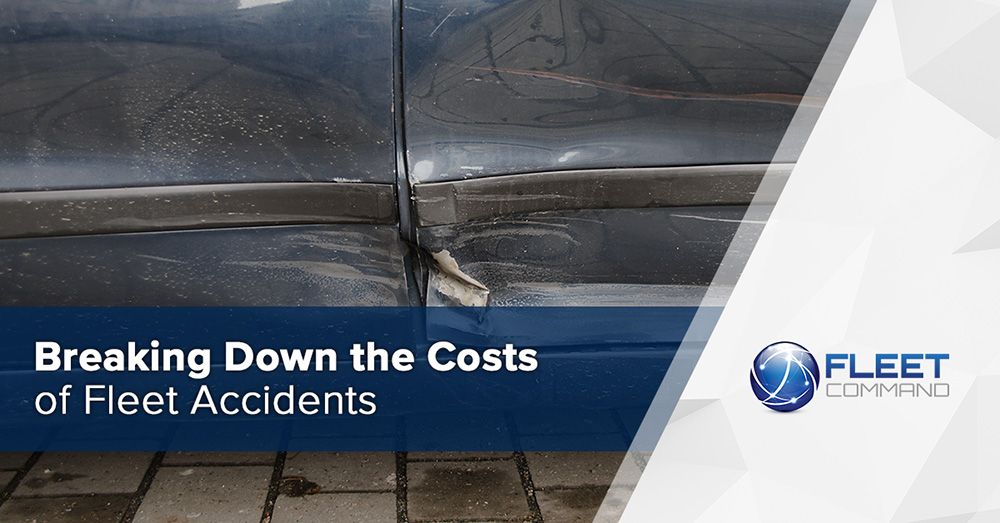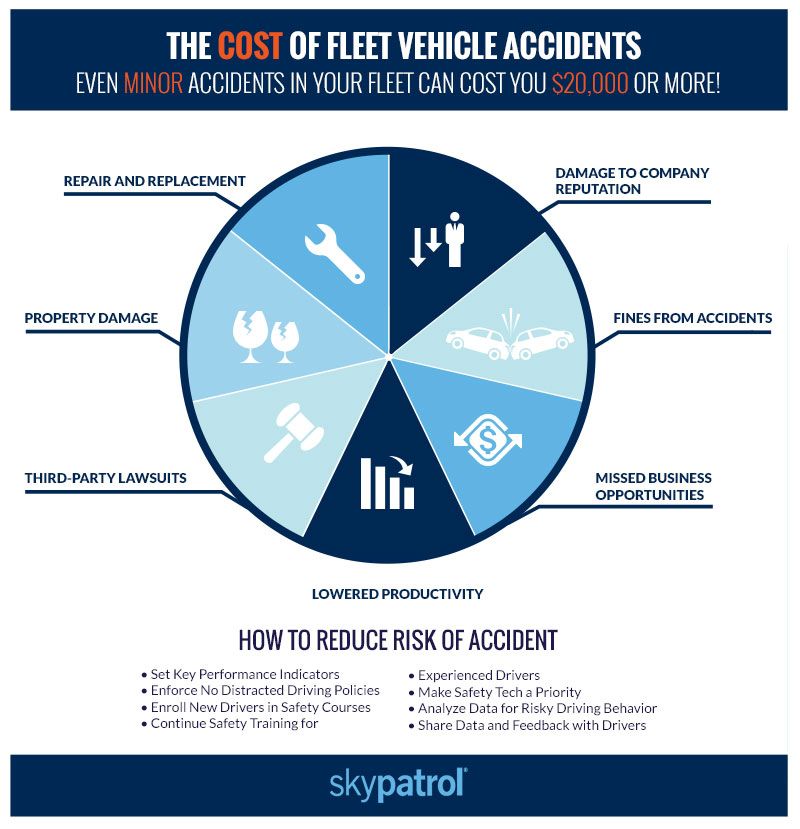Property Damage
If the accident involves another party, your business is going to be paying for the repairs or replacement of the vehicle or other property that's been damaged. While your insurance will kick in to cover some of those costs, you'll still be holding the bill for the deductible and there is a good chance your insurance premiums are going to go up, too.
Third-Party Lawsuits
Lawsuits after an auto accident are extremely common, especially if there have been injuries. These liability claims can end up costing your company a lot of money, even if you settle. Court costs, settlement fees, and paying a lawyer all add up fast. If the lawsuit starts to get publicity, that can mean even bigger losses to your company and potentially a much bigger settlement. If you don't settle, some injury cases can drag through the court system for years.
Lowered Productivity
There is a good chance that your driver will need to miss work after an accident, especially if they've been injured. Some workers may end up not being able to drive anymore at all; that means a worker's compensation claim as well as needing to replace them. Both of these take time and money. You'll also need to take time away from other tasks to evaluate the damage to the vehicle, contact the insurance company, and arrange for repairs. This is a distraction from tasks that could be making your business money.
Missed Opportunities
When a vehicle is in an accident, the tasks that needed to be done that day are going to be delayed until you can reroute and alert other drivers. When your fleet numbers have been reduced after an accident, you could end up missing out on potential business opportunities simply because you don't have the resources necessary. This can lead to bigger long-term losses.
Fines from the Accident
You could get hit with tickets, court fines, and other fees after an accident. Your company will, more likely than not, be responsible for paying all of those fees and fines. If you are hit with a lawsuit, the fines will add up even faster.
Damage to Your Company's Reputation
Your company's reputation matters; it's what drives word-of-mouth marketing in your favor. If a big accident ends up making your company look bad, the repercussions can be massive. You could lose out on revenue from new business and end up spending a lot of your marketing budget trying to undo the damage. When your drivers have the company logo on the side of their vehicle, that means every photo or video of the accident scene is going to be free bad press for you.
Repair and Replacement Costs
You are going to need to replace or repair the vehicle that was damaged in the accident. Depending on the severity of the accident, that could end up costing you thousands of dollars, not to mention lost productivity. Replacing a vehicle isn't normally as easy as taking a quick trip to the local dealership, either. You'll need to make sure the vehicle that you purchase has the right features for the job, can meet the demands of a fleet vehicle and has the safety equipment that your drivers need. Plus you'll need to arrange for financing and insurance, both of which can take time.


